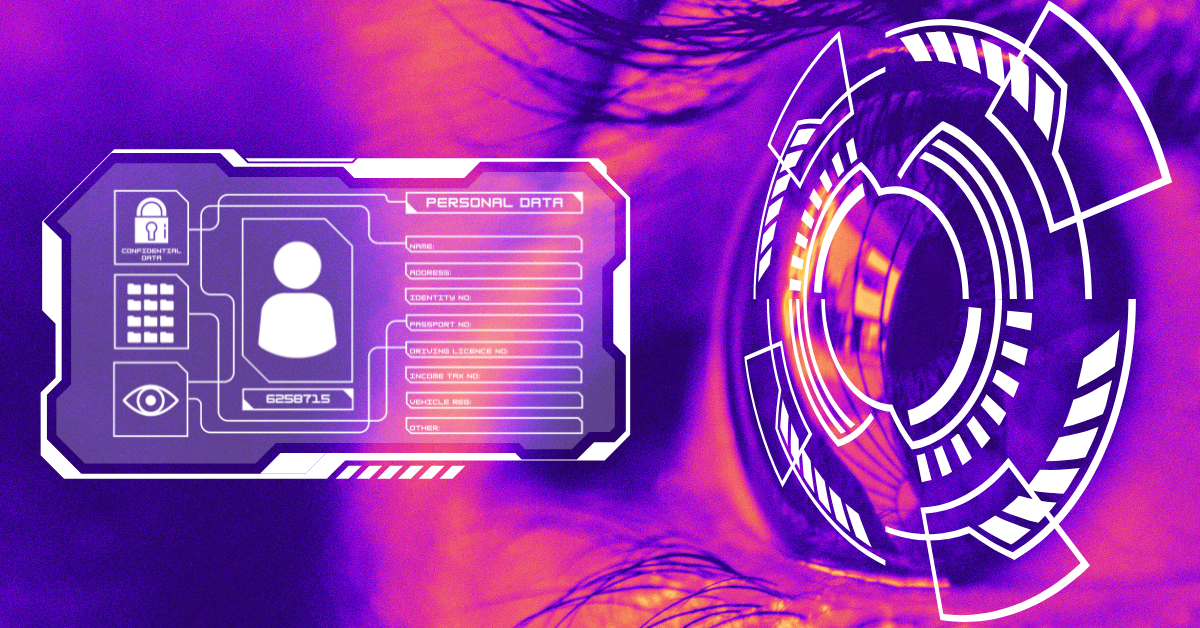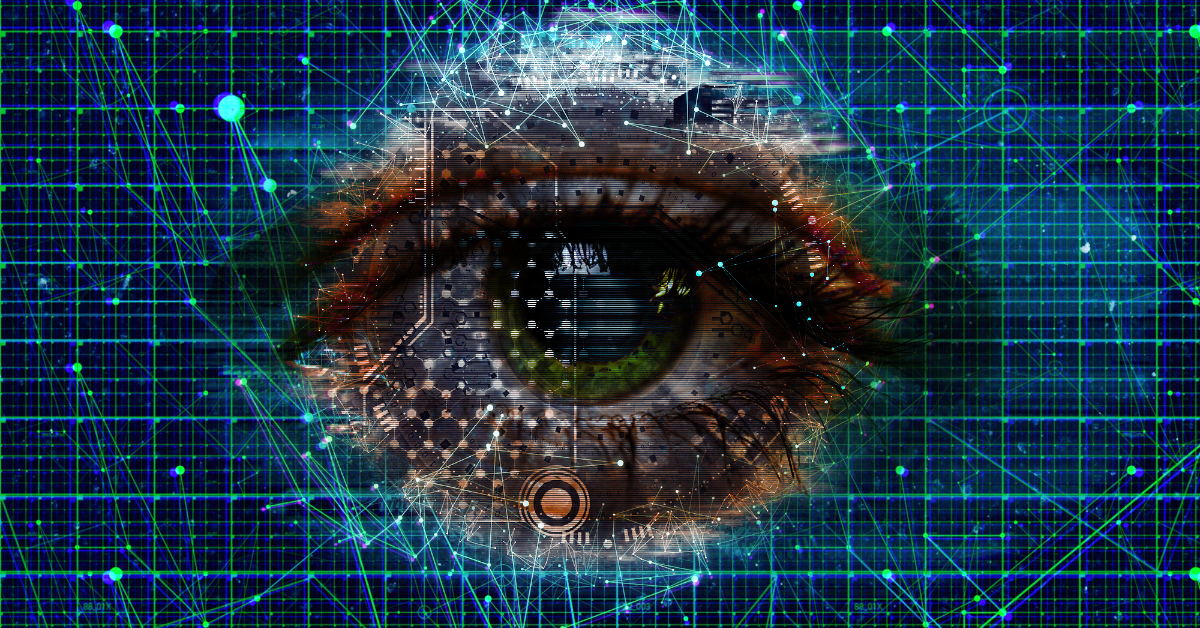Categories
Iris recognition, a cutting-edge biometric technology, uses the unique patterns of the human iris to authenticate identity with remarkable accuracy. By capturing intricate iris textures with near-infrared imaging and processing them through sophisticated algorithms, this method achieves false match rates as low as 1 in 1.2 million.
From securing borders to unlocking smartphones, iris recognition is reshaping modern security. This article explores the science, mechanics, applications, and challenges of iris recognition, delving into its technical foundations and future potential.

Iris recognition is a biometric identification method that uses the unique patterns in the colored part of the eye (iris) to verify a person’s identity. It captures high-resolution images of the iris and compares them to stored templates for accurate authentication.
The iris, the annular tissue between the pupil and sclera, forms during fetal development with distinct patterns like crypts, furrows, and radial striations. These are epigenetically determined, ensuring even identical twins have unique irises. The iris remains stable over a lifetime, except in cases of trauma or rare conditions like iritis.
Iris recognition encodes patterns into templates using mathematical models. John Daugman’s approach uses 2D Gabor wavelet transforms to create a 2048-bit binary template, capturing phase information while ignoring amplitude to handle lighting variations. The Hamming distance metric, with a typical threshold of 0.32, determines template matches.
The mechanics of iris recognition involve precise imaging and processing to convert iris patterns into digital templates.
Iris recognition systems use near-infrared (NIR) cameras (700-900 nm) to capture high-resolution images, enhancing contrast in iris textures, even in dark-pigmented eyes. Users position their eyes 20-30 cm from the camera, requiring at least 100 pixels across the iris diameter.
Sensors need a signal-to-noise ratio (SNR) ≥40 dB for clarity.
Dual-wavelength NIR LEDs (e.g., 850 nm) ensure safety and penetration, per IEC 62471.
15-30 fps frame rates handle eye movement.
The recognition process follows a structured sequence:
Sophisticated algorithms drive the accuracy and efficiency of iris recognition systems.
John Daugman’s foundational algorithm uses multi-scale Gabor wavelets:

Deep learning, using convolutional neural networks (CNNs) like ResNet-50, improves robustness in noisy conditions. These models require large datasets (100,000+ iris images) and significant computational power.
Iris recognition serves diverse sectors, leveraging its precision for secure identification. Here are a few examples:
Systems like the UAE’s IrisGuard process over 20 million verifications annually for border control. Military and data center access control also rely on iris recognition for low FAR.
Smartphones like the Samsung Galaxy S9 use compact NIR cameras for iris-based authentication, ensuring speed and privacy through on-device processing.
India’s Aadhaar program links 1.3 billion citizens to services via iris recognition, handling 50 million daily verifications with dual biometric authentication.
Despite its strengths, iris recognition faces technical and ethical hurdles.
NIR cameras cost $500-$2000, limiting adoption. Smartphone-based solutions reduce costs by leveraging existing hardware.
Emerging innovations promise to expand the scope and accessibility of iris recognition, pushing the boundaries of its application in security and beyond.
Systems like Carnegie Mellon’s Iris on the Move achieve 90% accuracy at distances up to 2 meters, leveraging high-resolution cameras and super-resolution algorithms to capture detailed iris images in dynamic environments.
Integrating iris recognition with facial or voice biometrics, with iris weighted at 60-70% in fusion algorithms, enhances accuracy and reduces error rates, creating robust authentication systems.
Generative adversarial networks (GANs) synthesize high-quality iris images for training datasets, addressing data scarcity. Transfer learning further improves system performance across diverse populations, enhancing inclusivity.
Advancements in miniaturization and cost reduction are enabling iris recognition integration into everyday devices. Emerging solutions leverage smartphone-grade NIR sensors and optimized algorithms to deliver high accuracy at a fraction of traditional costs, with prototypes achieving 95% recognition rates using hardware costing under $100.
Iris recognition blends biological uniqueness with computational rigor, offering unmatched accuracy for secure identification. Its low error rates and rapid processing make it a cornerstone of modern security. While challenges like cost and privacy persist, advancements in long-range recognition, AI, and multimodal systems signal a future where iris recognition is ubiquitous, ensuring our eyes remain the definitive key to our identity in a digital world.